Only 35-minutes from the beaches in Southern Delaware is located Delaware Botanic Gardens (DBG) at 30220 Piney Neck Road, Dagsboro. DE 19939. The DBG was awarded “Best Attraction” in 2022 by Southern Delaware Tourism. The gardens are open Thursdays through Sundays from 9 a.m. to 4 p.m.
Driving through the welcoming entrance of the Delaware Botanic Gardens, I was greeted by a spacious parking lot, with the Rhyne Garden in the middle of the parking lot designed to catch and absorb rain runoff. The sounds of birds and bugs/bees buzzing, and lots of native flowers and grasses were everywhere.
Within the 37- acre property I explored five main gardens, including a 12-acre woodlands - home to 85 species of birds, including two Eagle nests.
The gardens offer special events, guided tours and classes all season. For instance, in 2023, April 14th is “Frolic in the Folly,” which features 200,000 spring bulbs, live music, planter garden displays, etc. On May 18th is “Bugs and Beer” at the Dogfish Head Learning Garden, a class about creatures in wetland vernal pool environments. On June 21 it’s “Sip and Saunter,” with refreshments and live music, as you stroll the gardens on wide ADA compatible walkways. In the summer, the 2-acre Piet Oudolf Meadow Garden is center stage in full bloom, with over 70,000 native plants and grasses. July and August bring “Butterflies and Blooms’ class. In the Fall, September through mid-November, there are events like “Fall Harvest Festival” featuring a 11-foot tall DBG Sea Witch, as part of the Rehoboth Beach “Sea Witch Festival.” There are guided tours at 10 a.m. throughout the season with knowledgeable docents.
Stephen Pryce Lea, Director of Horticulture and Educational Programs, leads many special tours like “Butterflies and Blooms” and “Fall Gardening for Wildlife.” His special tours provide visitors with great information about the gardens and about creating beautiful landscapes. He has been working at the Gardens since 2021. “I took the job and immediately fell in love with the garden,” he says, as he hands out information about multiple butterfly species to identify on our tour. He added, “People come to the gardens and leave the pressures of every-day life behind. You are immersed in nature, and when you leave you will be refreshed and have a smile on your face.”
The 2-miles of walking trails throughout the garden are flat, wide and ADA compliant. You will notice how the native plants and grasses provided a perfect habitat for pollinators. About 1/3 of the fruits and vegetables in the world are pollinated by species that can be found in the gardens, which is why it’s so important to provide ideal habitats for them to thrive and survive in.
Pryce-Lea taught us that the number of butterflies present in a garden can indicate the health of a garden, so, like the Delaware Botanic Gardens, if your garden at home has a kaleidoscope of butterflies, you’re doing something right!
It truly was a beautiful walking tour we took in July. Throughout the morning, we say an incredible variety of butterflies, including:
-
Monarch
-
Eastern Tiger Swallowtail
-
Variegated Fritillary
-
Silver Spotted Skipper
-
Spicebush Swallowtail
-
Cabbage White
-
American Lady
We also received a list of suggested native plants for nectar sources:
-
Anise hyssop
-
Aster
-
Bee Balm
-
Blazing Star
-
Coneflower
-
Goldenrod
-
Milkweed
-
Phlox
-
Yellow coneflower
We learned that female butterflies will lay eggs only on the leaves of plants that their caterpillars will eat. These are known as “host plants”. Here are a few examples:
-
American Lady butterflies: daisies, sunflowers, ironweed
-
Black Swallowtail: carrots, parsley, dill, Queen Anne’s lace
-
Cabbage White: alyssum, cabbage, broccoli, kale
-
Eastern Tiger Swallowtail: wild cherry, tulip poplar, sweet bay magnolia, willow trees
-
Monarchs: milkweed
We learned so much from the incredible people at the gardens. It was really eye-opening! Delaware Botanic Gardens is a volunteer-run public garden. There are just a handful of employees who work with more than 100 volunteers to clean, plant, maintain, and take care of the gardens.
Take a break from the beach, come inland, and explore the Delaware Botanic Gardens. Check out their website here to learn more about their history, upcoming events, and much more!
Here are some photos of what you may experience:

.jpg)

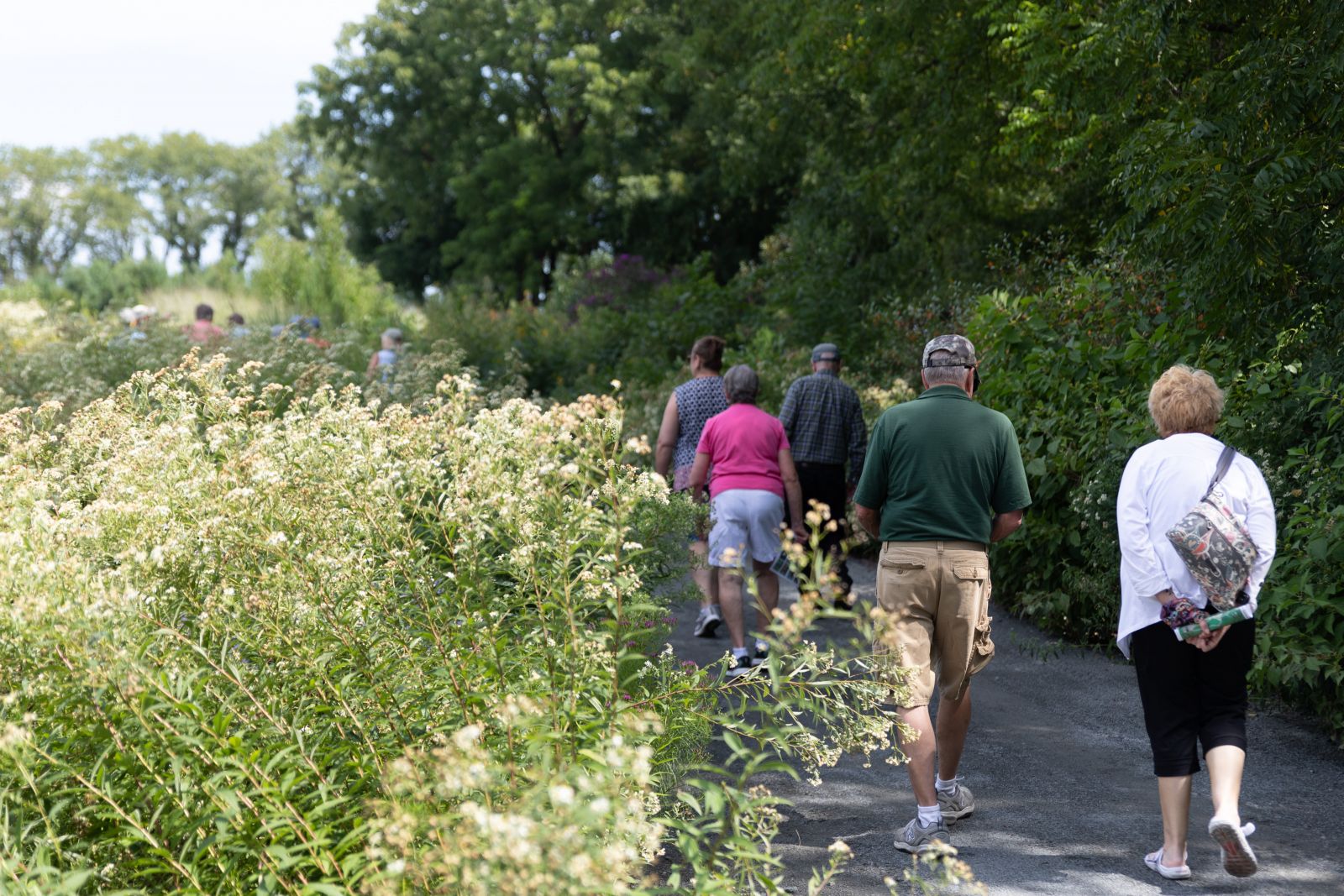
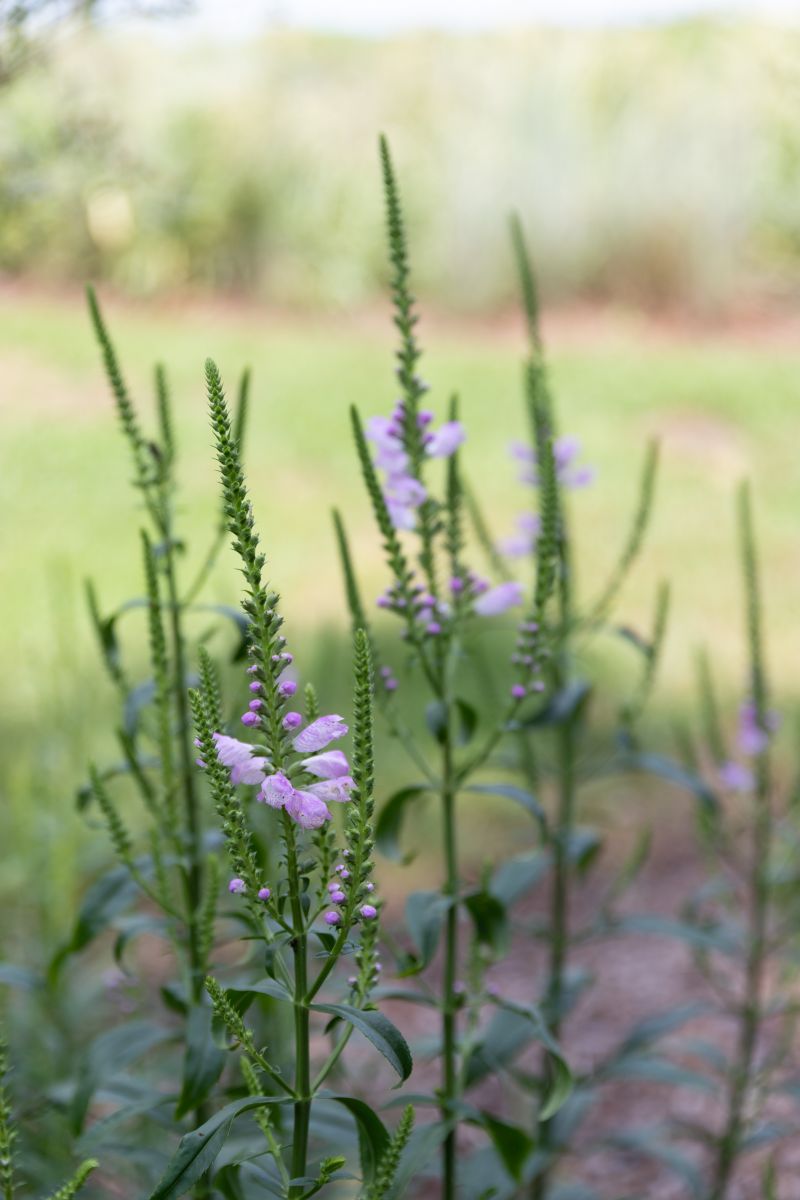



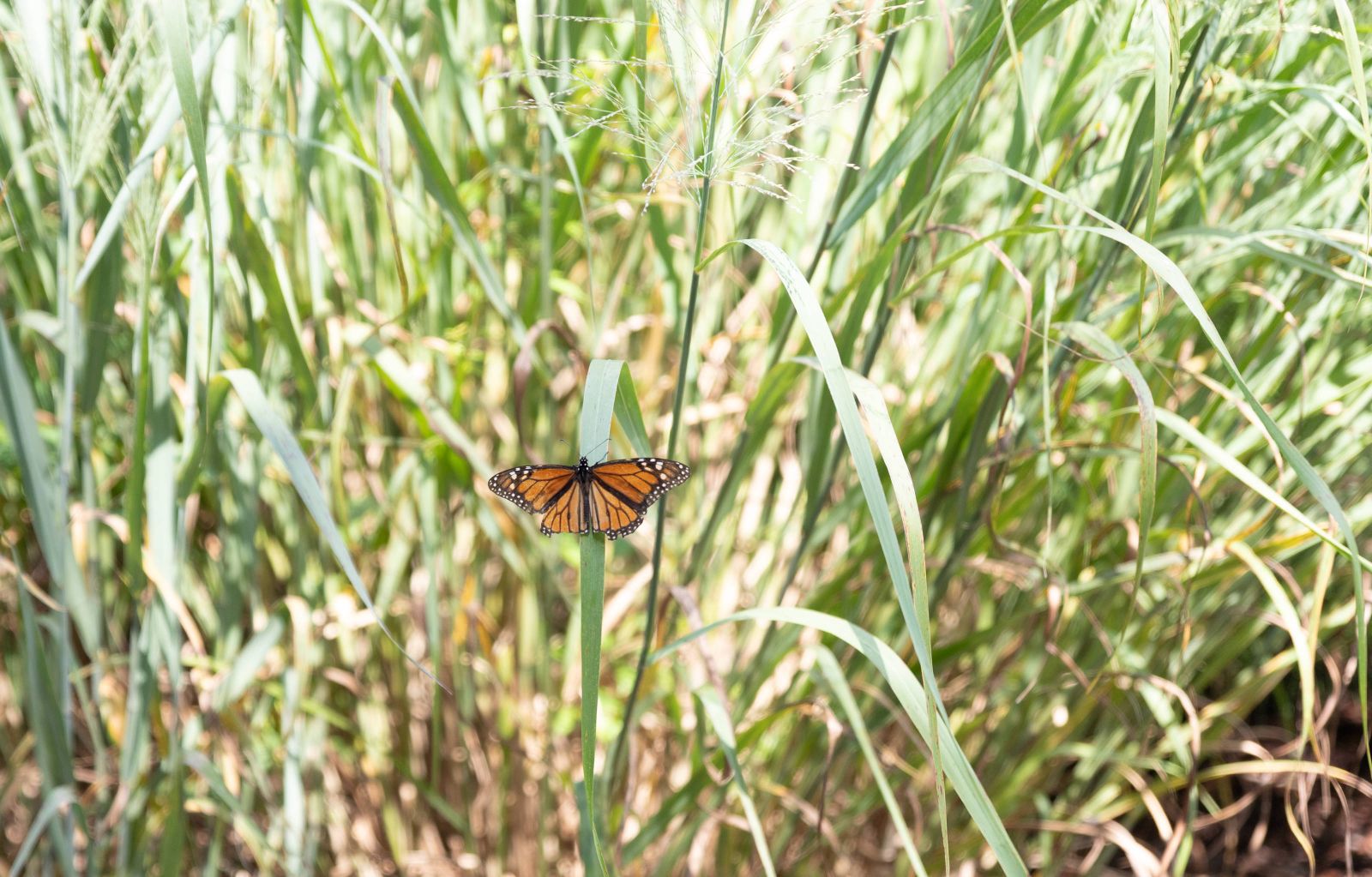

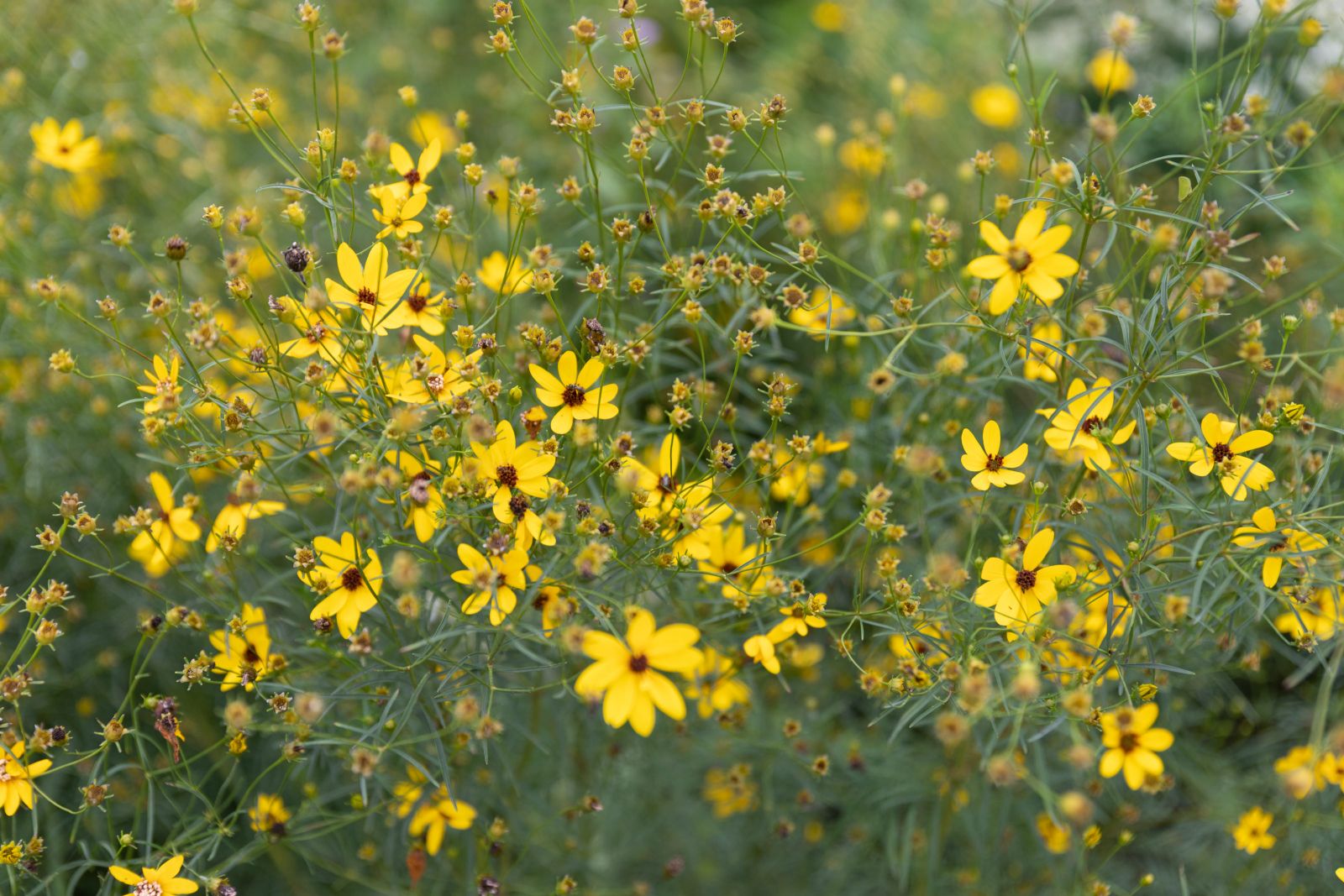


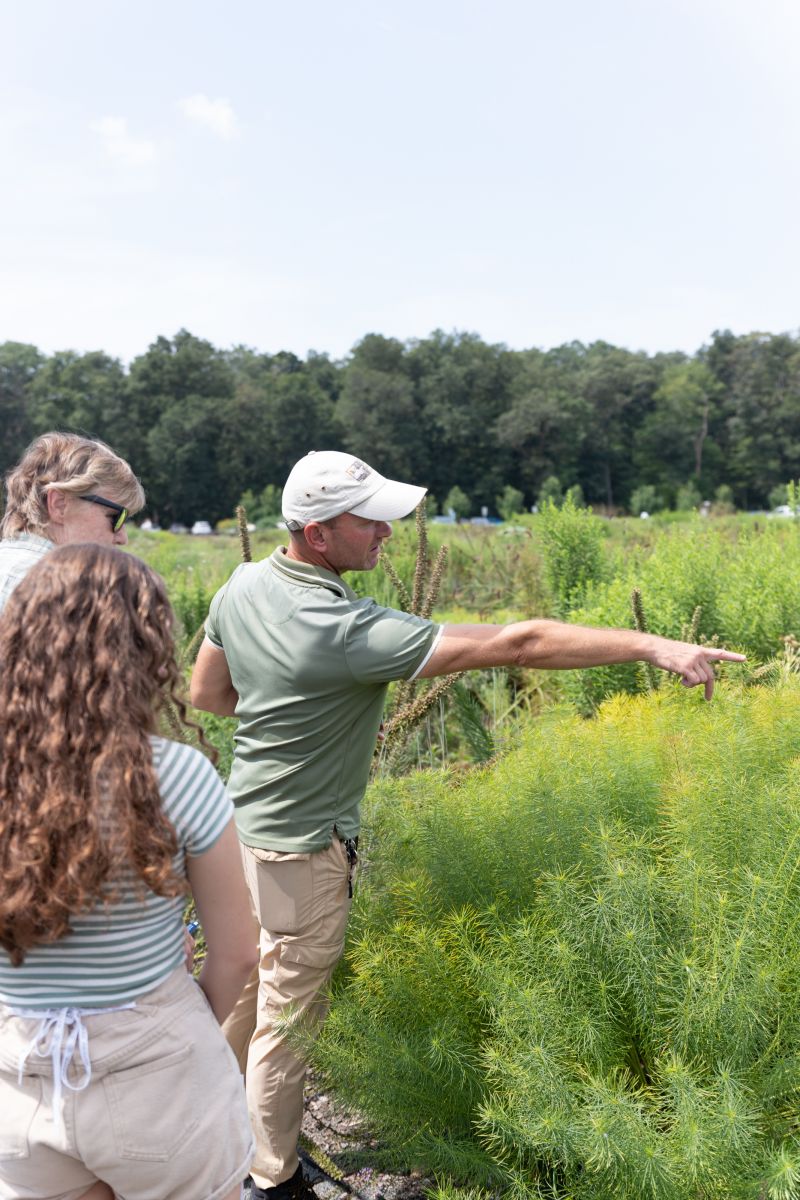
.jpg)
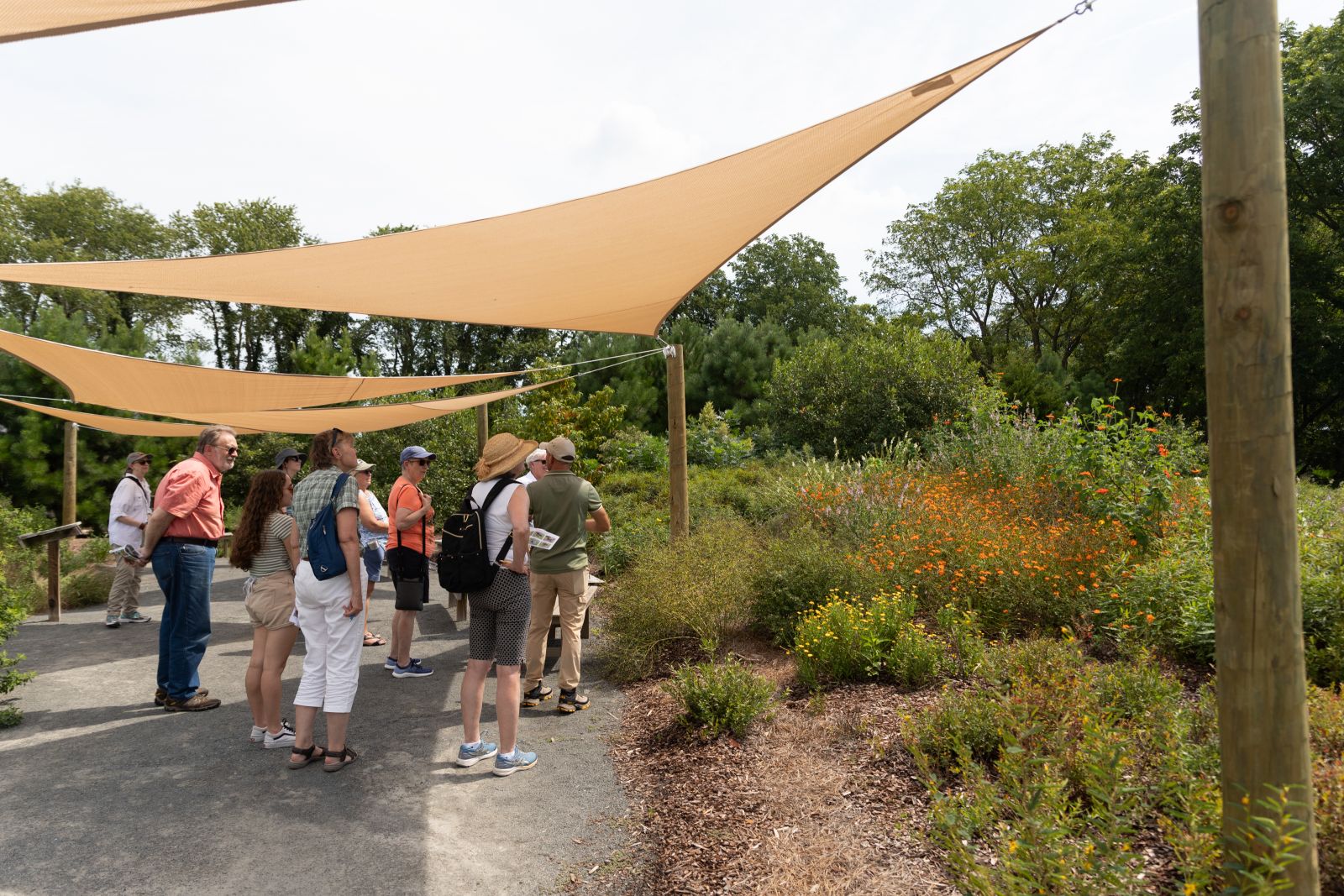

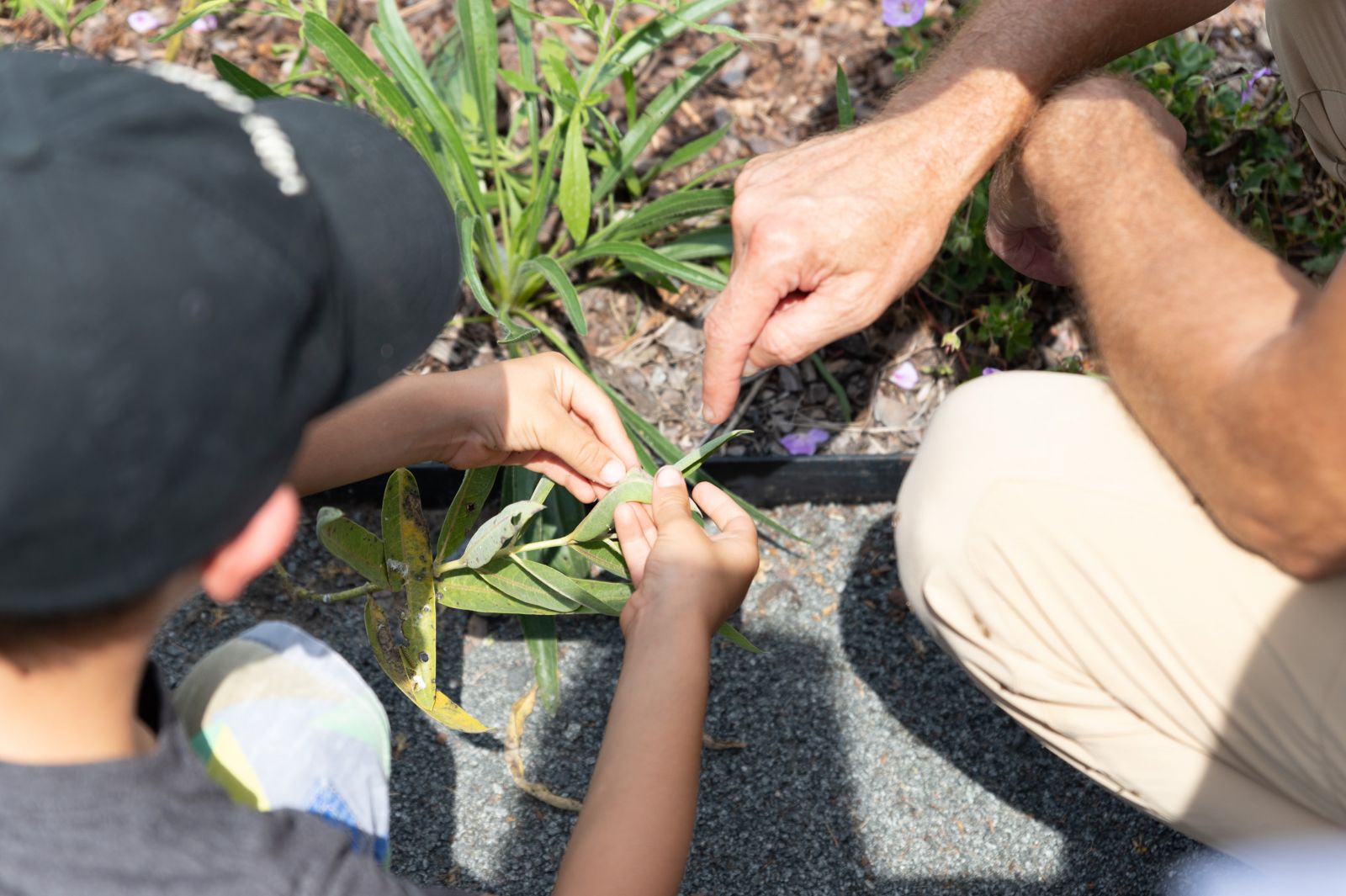


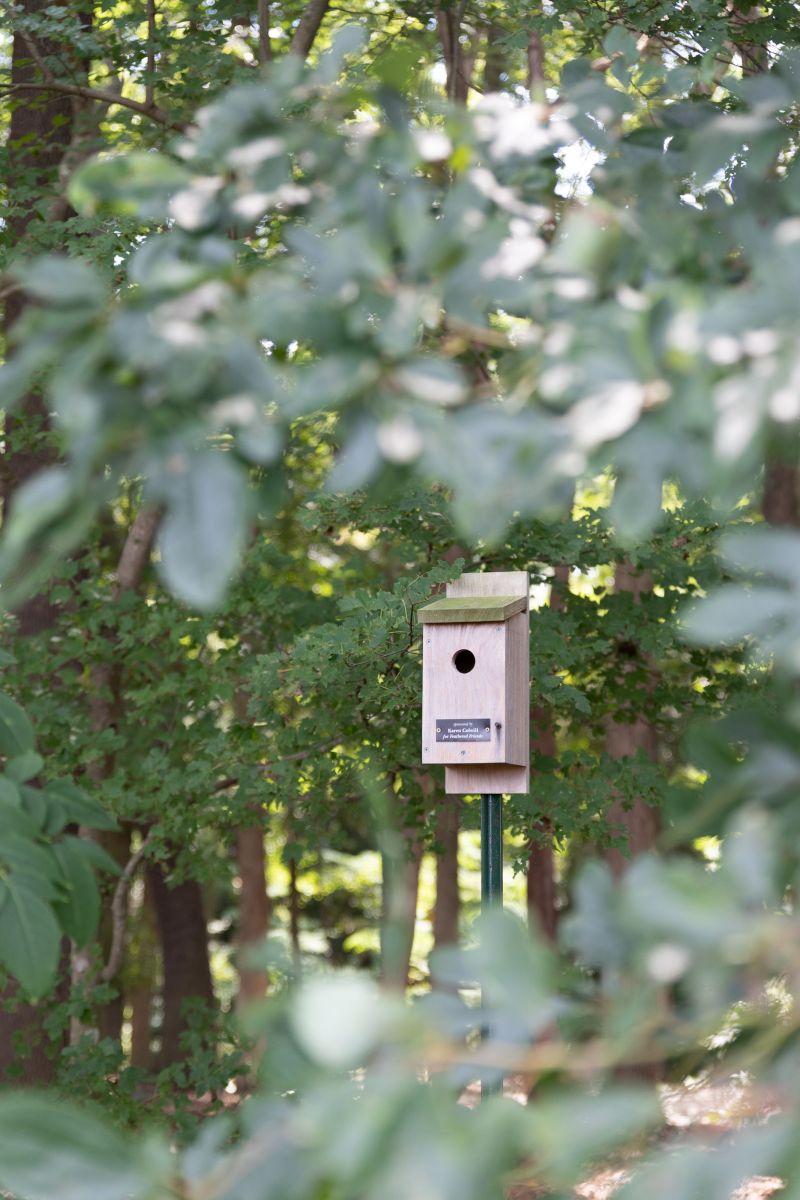
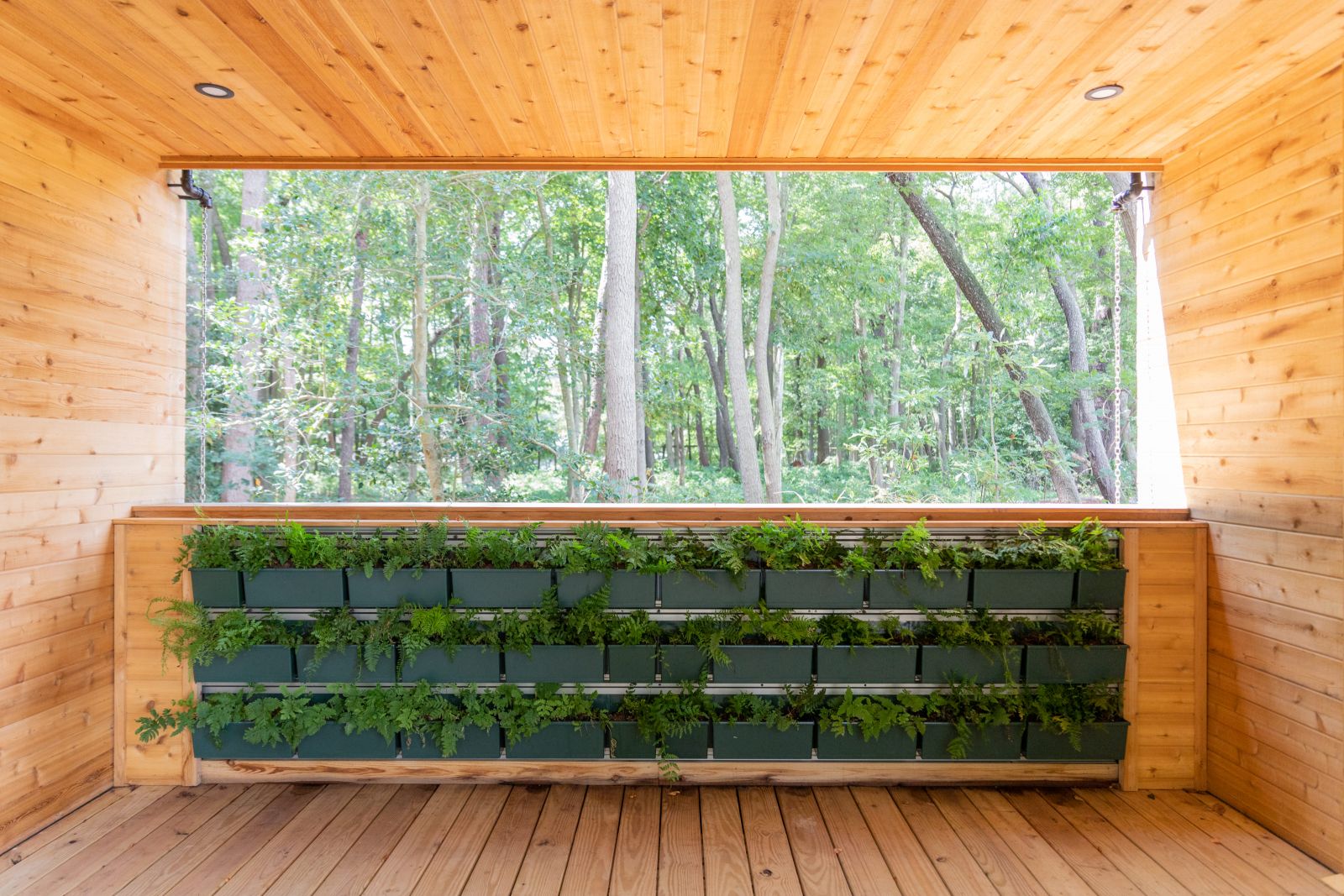


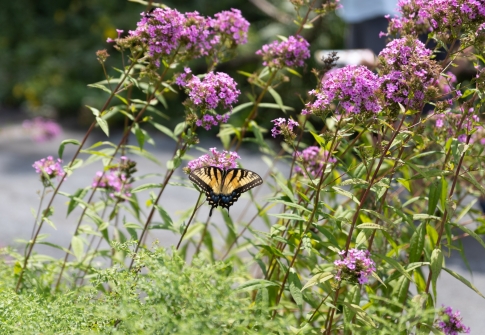
Modal title